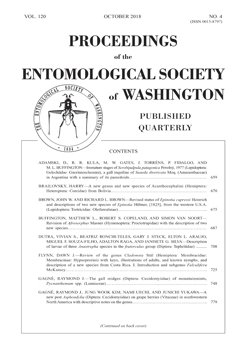In 1998, the Japanese cedar longhorned beetle, Callidiellum rufipenne (Motschulsky, 1861), was discovered in Connecticut where its larvae bored into living plants in the Cupressaceae. A survey conducted between 1999 and 2005 indicated that the alien beetle was restricted to the southern part of the state. In 2015, adults were reared from dead wood collected north of the range known in 2005. A new survey was conducted in 2016–2017 to ascertain how far the exotic beetle had spread since the first survey. In the new survey, adults were captured in cross-vane panel traps that had lures of mixed (six-carbon) ketones and ethanol. At least one of the ketones apparently was an aggregation or sex pheromone. In two areas without traps, adults emerged from dead cedar wood. Based upon adult captures in traps and upon rearing, the Japanese cedar longhorn has spread northward to the border with Massachusetts. It was discovered in 157 (95.2%) of 165 towns surveyed. Of 187 panel traps with lures, 171 (91.4%) captured adults, suggesting that the trapping method was effective. Cupressaceous plants, especially stressed ones, in garden centers, landscaped areas, and natural areas are now at risk of attack statewide.
How to translate text using browser tools
26 November 2018
Range Expansion of the Japanese Cedar Longhorned Beetle, Callidiellum rufipenne (Motschulsky, 1861) (Coleoptera: Cerambycidae), in Connecticut
Chris T. Maier
ACCESS THE FULL ARTICLE
distribution
ketones
panel trap
pheromones
rearing
trapping





